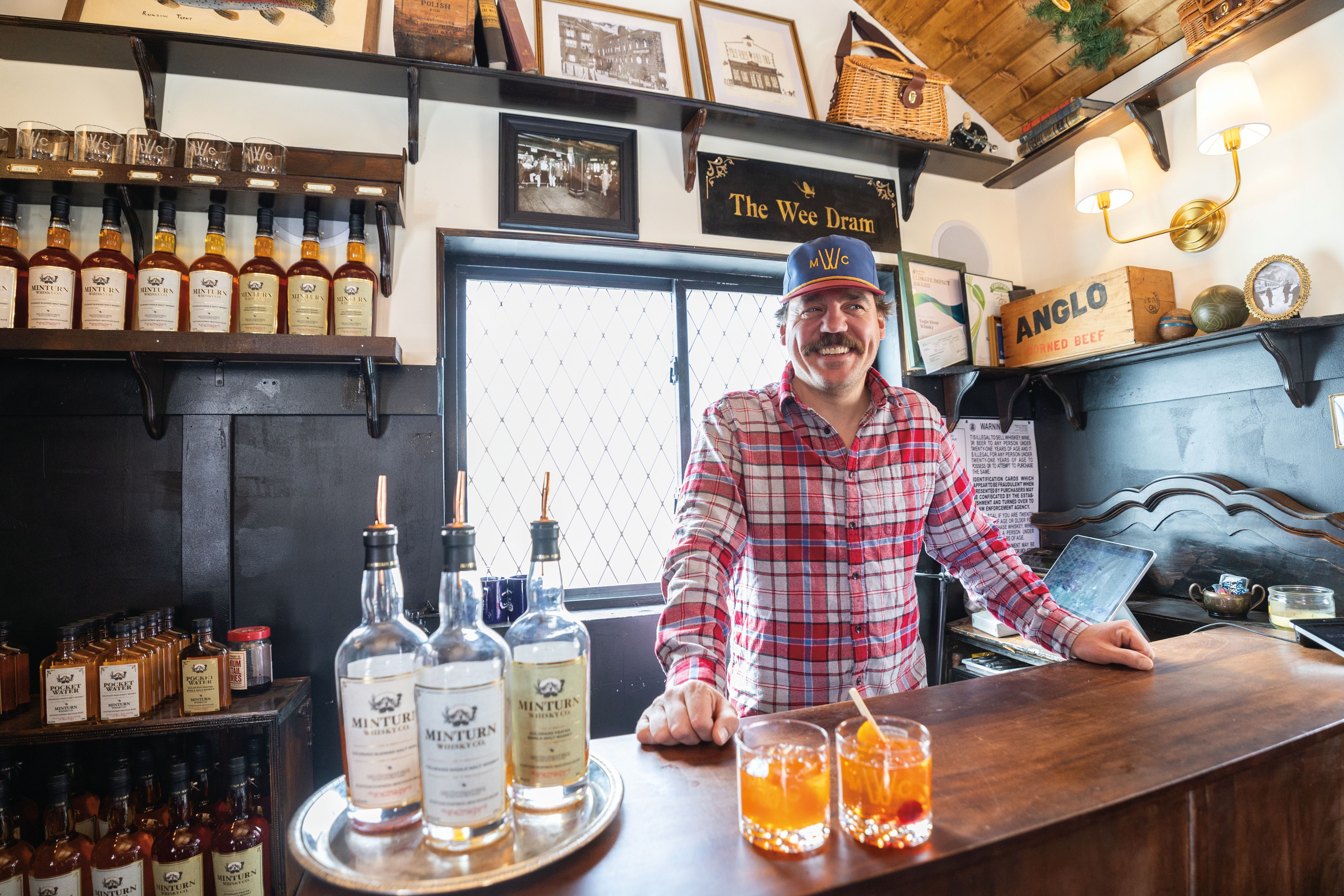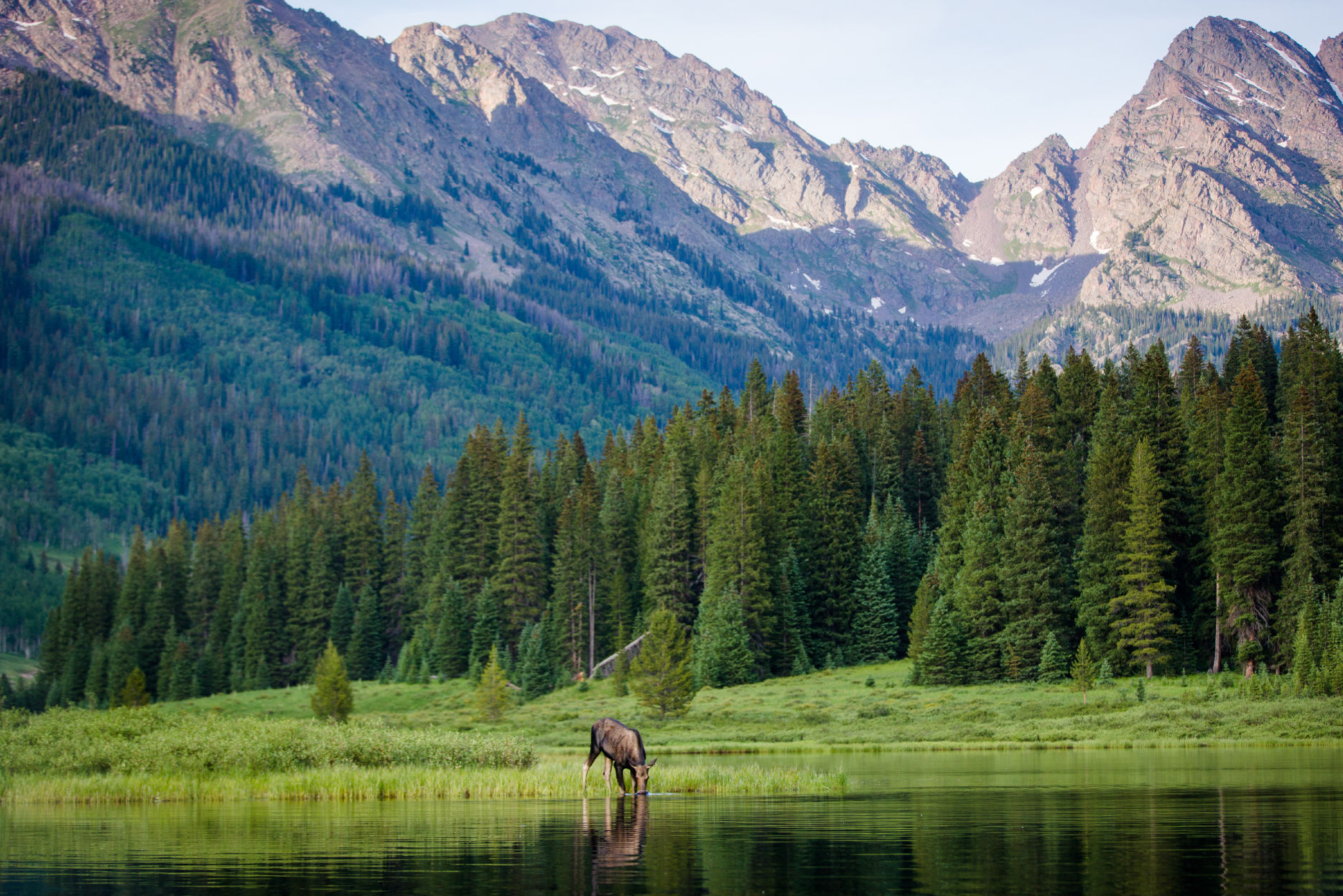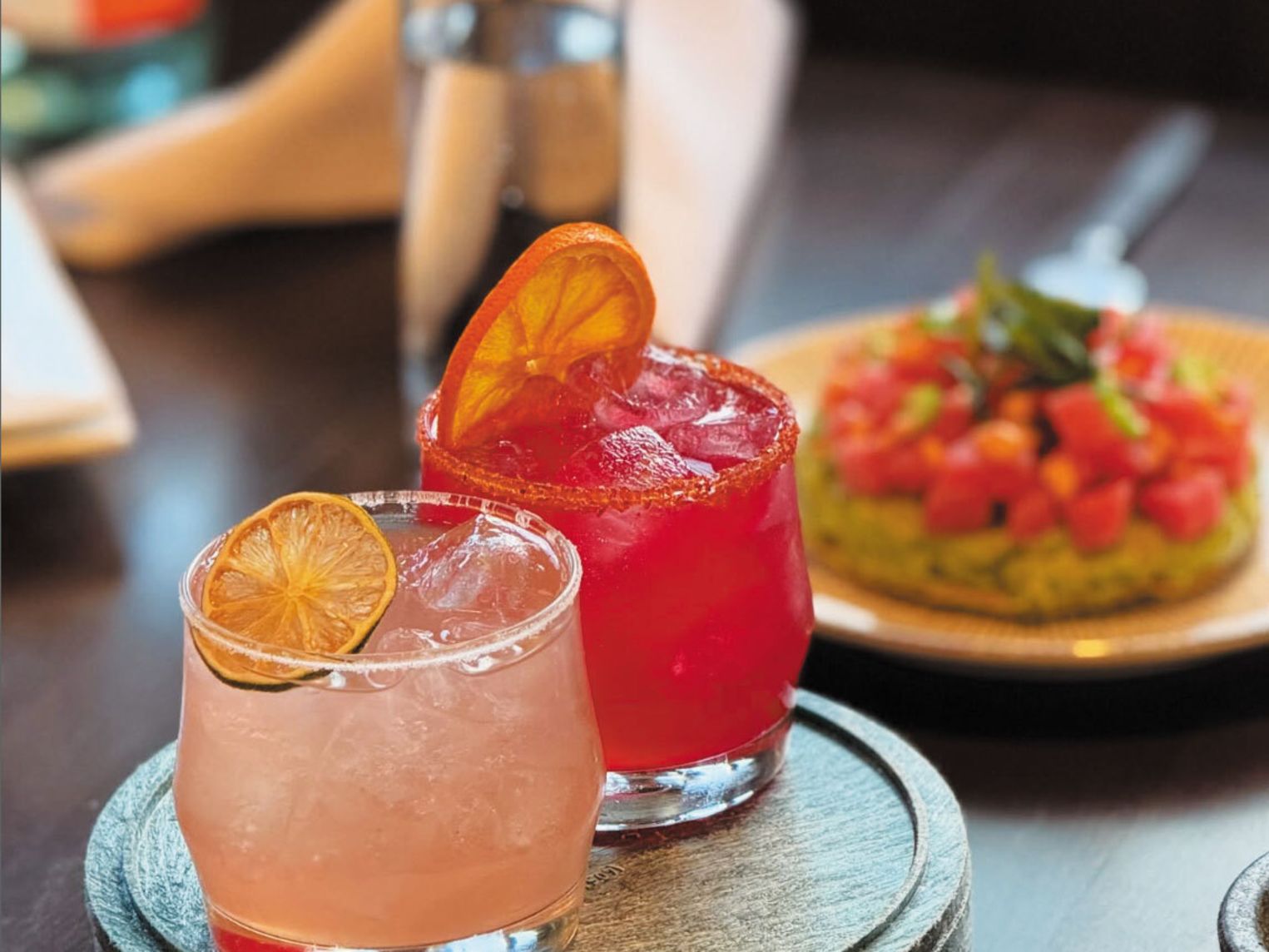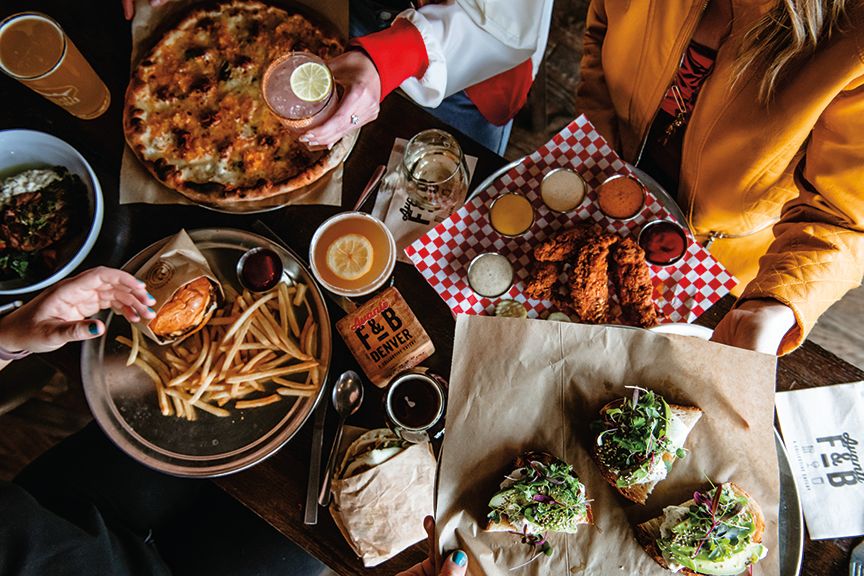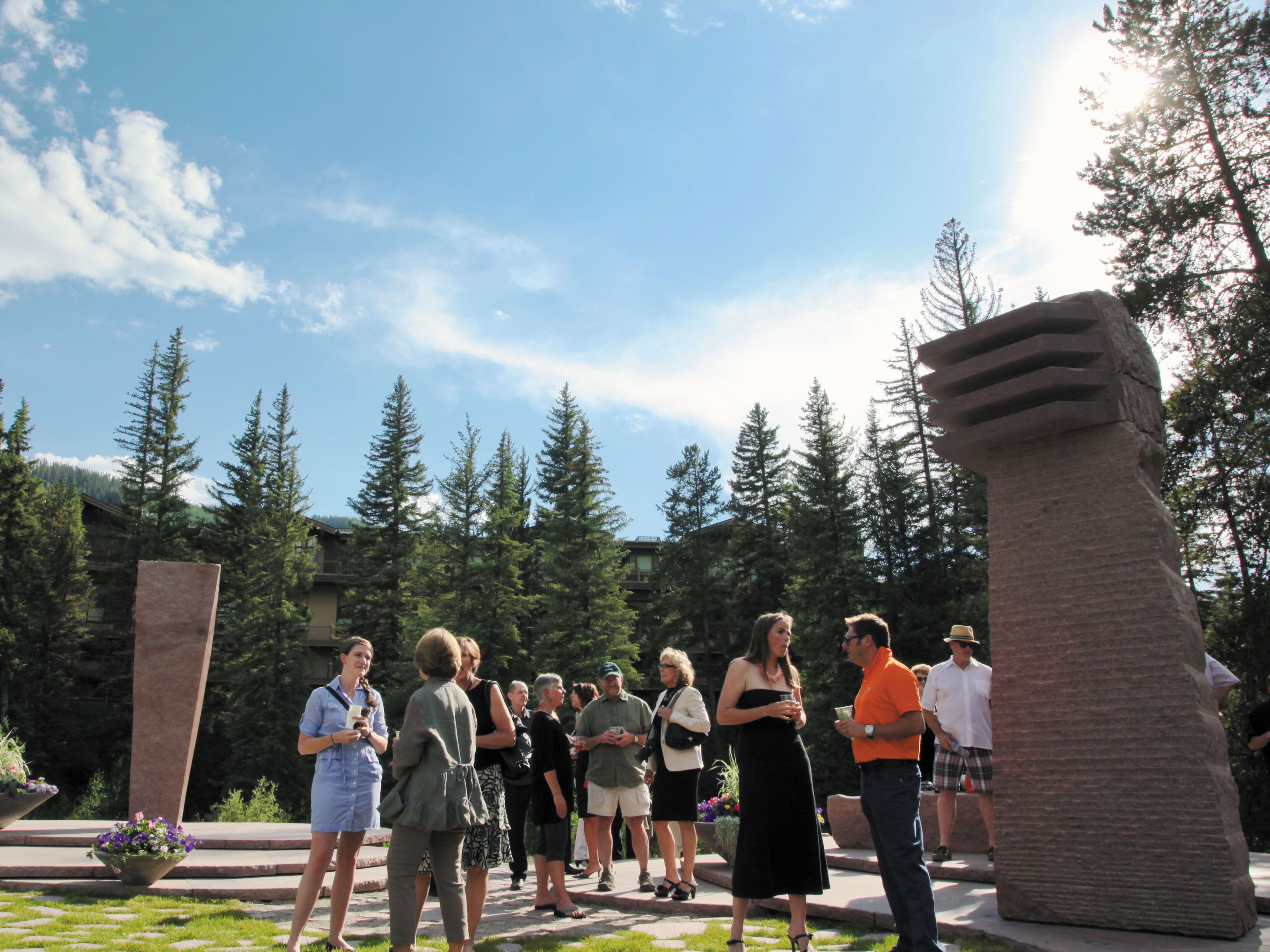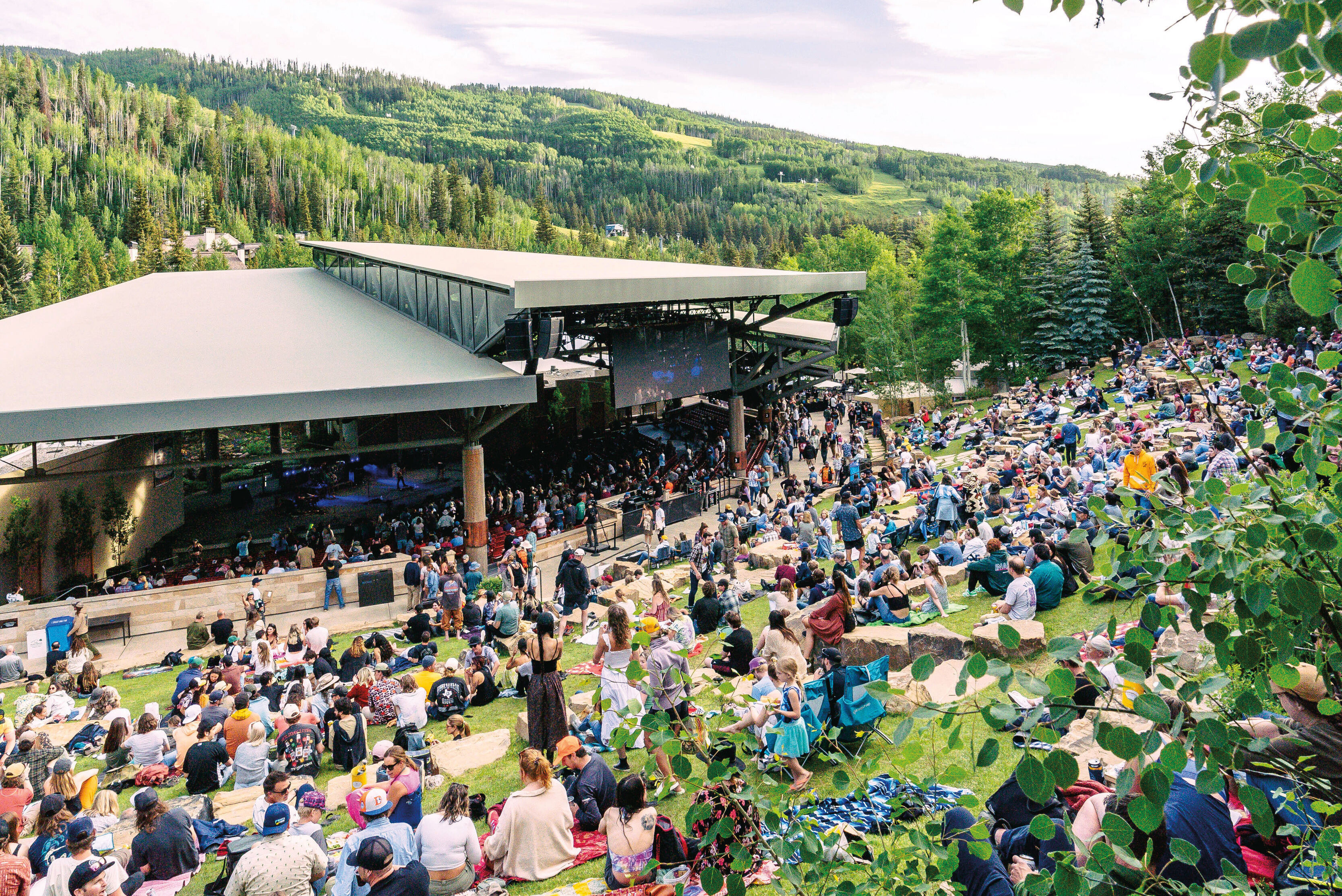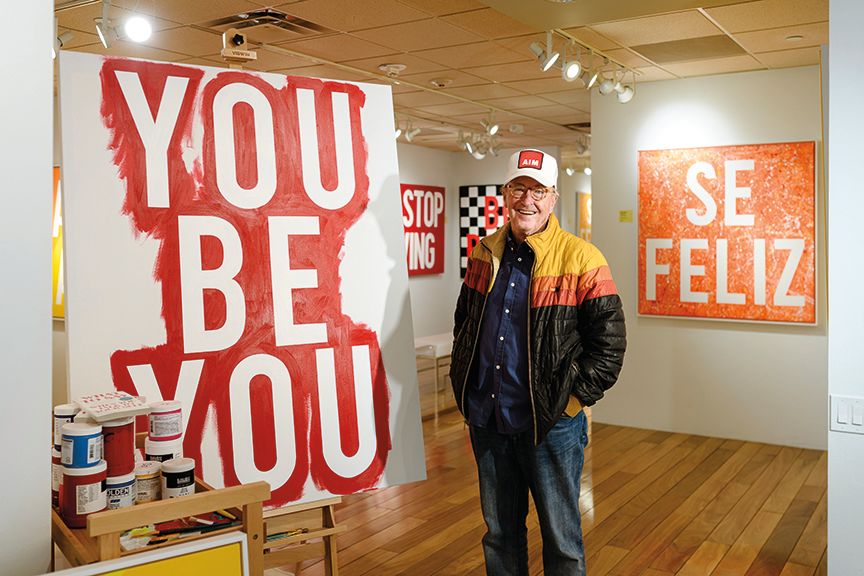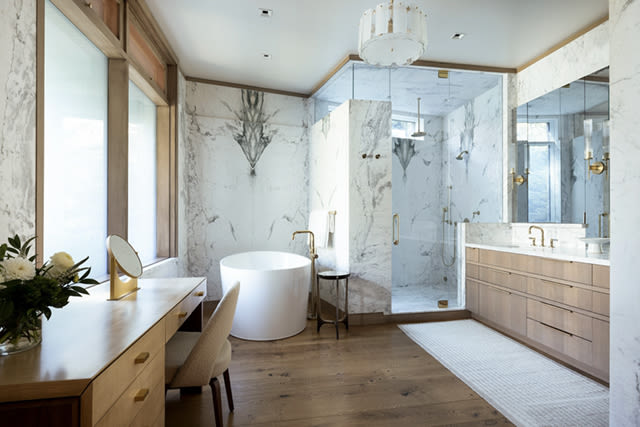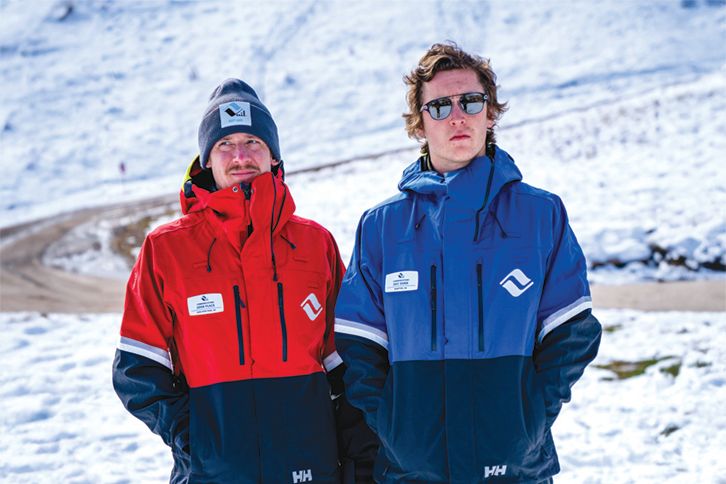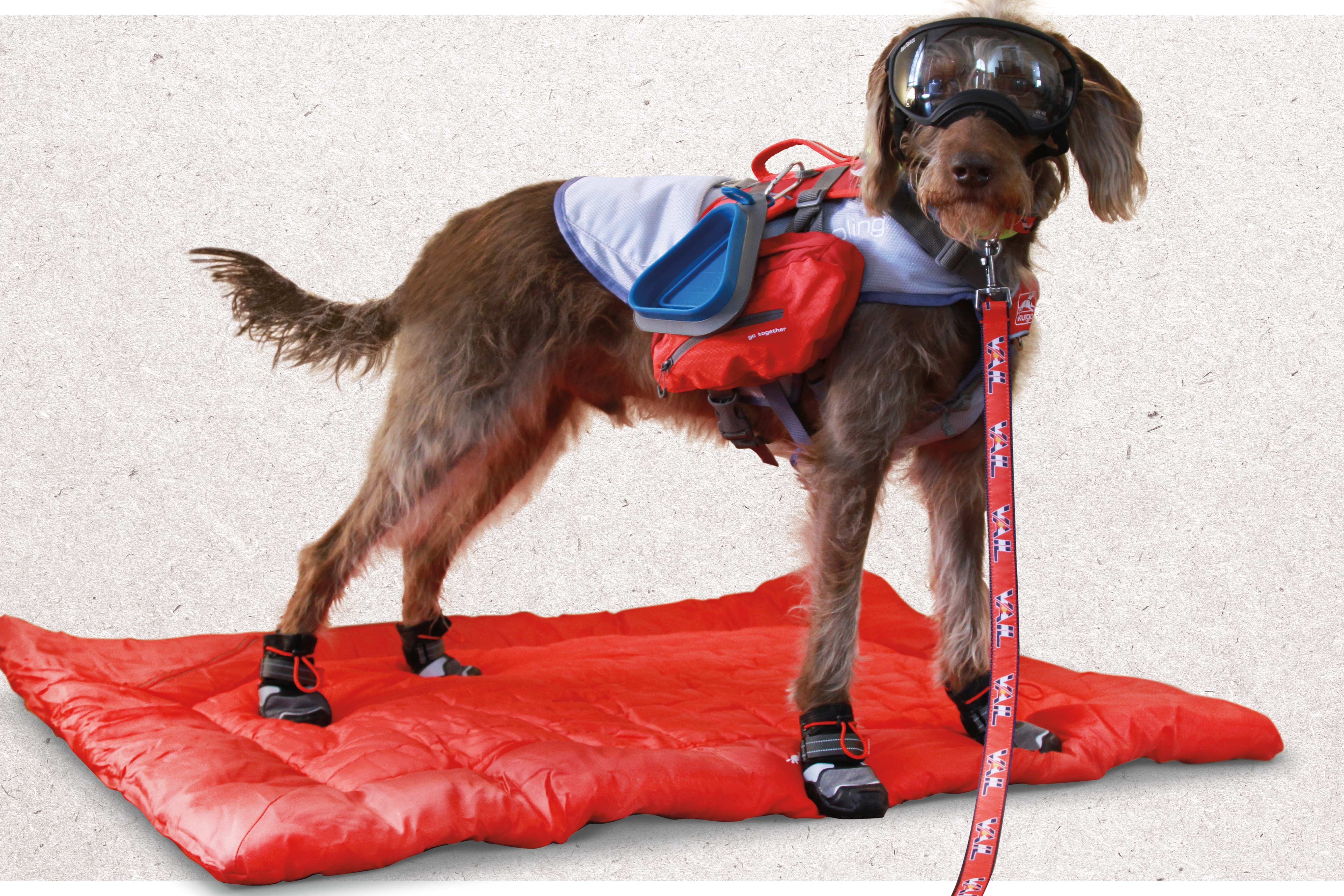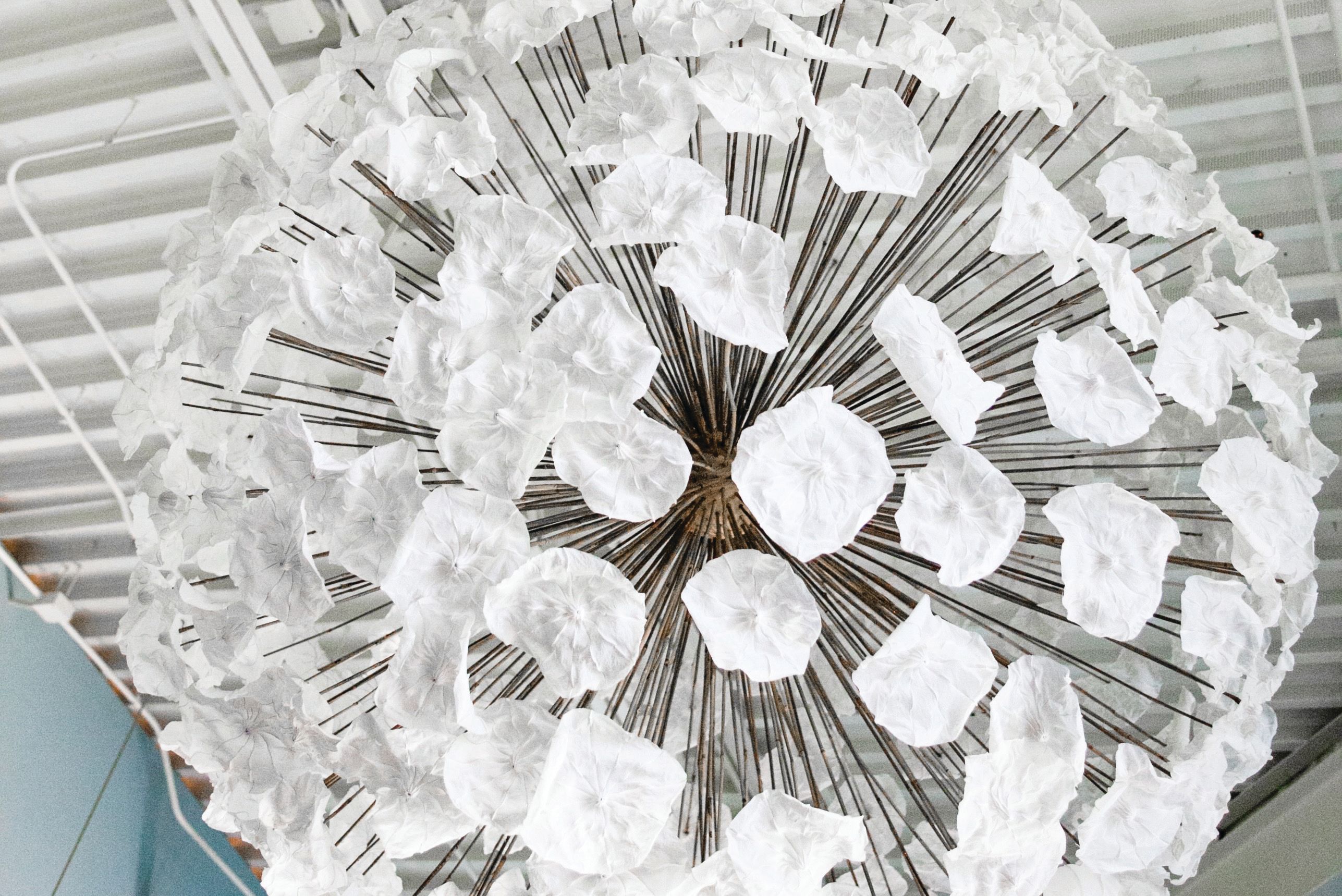
Modern Art Rooted in the Middle Ages, Created in Eagle County’s Oldest Town
Most sculptors carve in clay then cast their works in bronze. Helen Hiebert’s medium is, and always has been, paper. In her studio, a former classroom in the Red Cliff schoolhouse, her sculptures begin as plants or blue jeans, which she beats into a fine pulp, then adds to a water-filled vat to create a slurry. Into the slurry, she’ll dip a wire screen stretched over a wooden frame and lift it from the vat as she sifts with a gold-panning-type motion. Then she upends the mold onto a piece of felt, and voila, a sheet of paper—made exactly the way they did it in medieval times—is born.
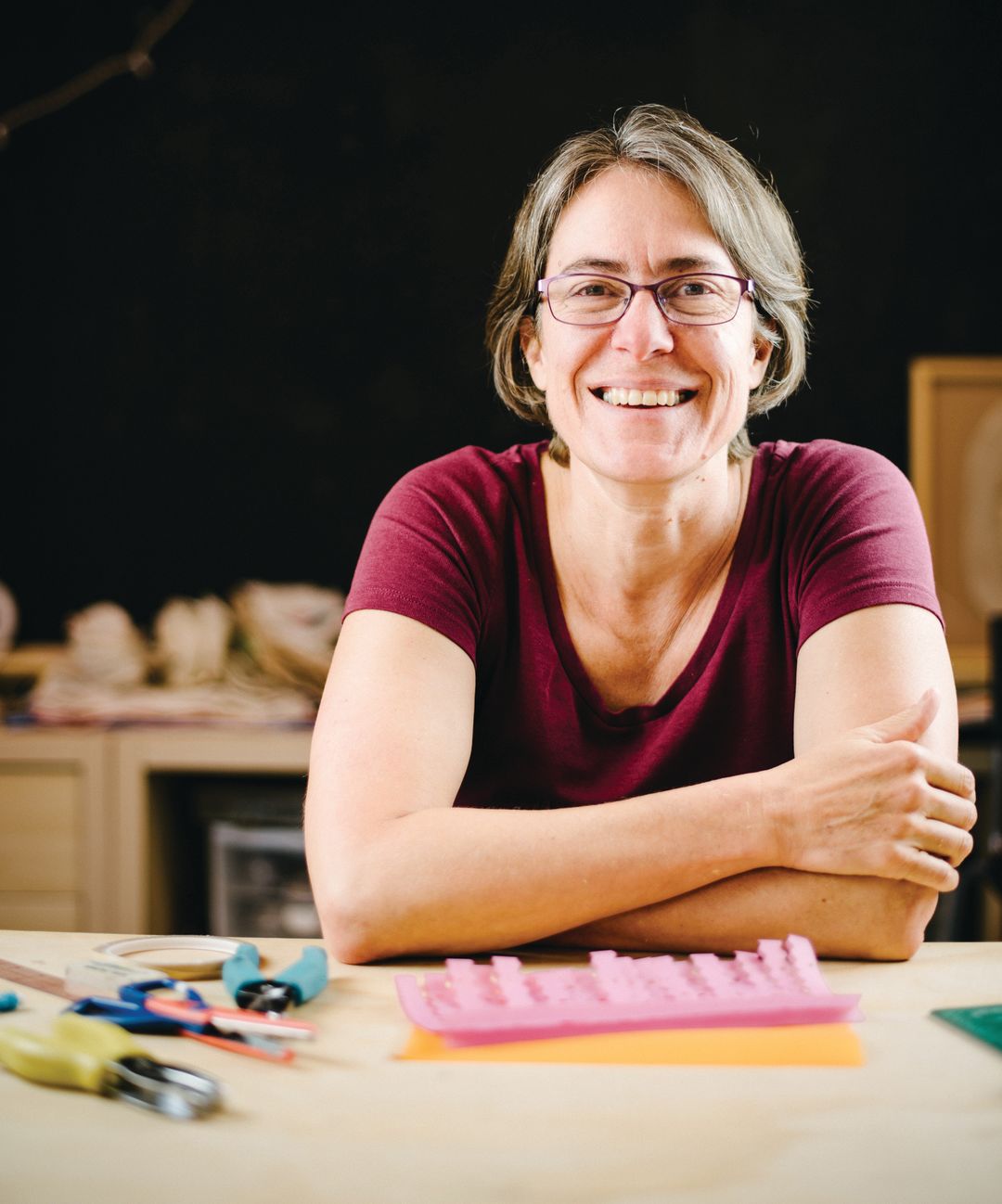
Red Cliff paper artist Helen Hiebert.
Image: Ryan Dearth
To that, she might add copper wire, topped with another wet sheet. Then with a hydraulic press, out goes the water. As it dries, magic happens. She’s filmed the process in slow motion (a work titled “Water, Paper, Time”): In hours compressed into seconds, the paper comes to life as the sheet dries; it twists the wire, puckers and buckles, and rises, in geological time, like a mountain bursting from the plain, into a three-dimensional form. This is how Hiebert makes paper sculptures, the largest being The Hydrogen Bond, a 2008 exhibit at Reed College in Portland, Oregon, that filled an entire room, a curtain of texturized paper disks strung from floor to ceiling. Then there’s The Wish, a Sputnik-size ball of 278 handmade paper “seeds” (each representing a private yearning mailed and e-mailed from citizens of 23 nations) gathered into the shape of a dandelion head that hangs from the ceiling of a public library in Thornton, Colorado.
As a paper artist, Helen Hiebert has always thought outside the cardboard box.
Born in Tennessee (while her father, a physicist, was stationed at the Manhattan Project’s Oak Ridge National Laboratory), her inspiration followed a paper trail as she traveled the globe for his work, from luminaria-lined driveways in Los Alamos, New Mexico, to light filtering through shoji screens in Japan to a high school year in Germany, where she enrolled in a class called “Papier” that touched on everything from building cardboard structures to making the material itself.
“Making three-dimensional pop-up constructions was incredibly interesting to me,” she says. “It opened my eyes to the potential of paper.”
Moving to New York City post-college, she began making paper in her Brooklyn apartment using a blender and the kitchen sink, and calling local galleries to see where she could further her studies. One such call went to Dieu Donné Papermill, a nonprofit papermaking studio in SoHo that was experimenting with paper for making fine art, attracting the attention of national artists like Chuck Close, who came to the studio to give the medium a try.
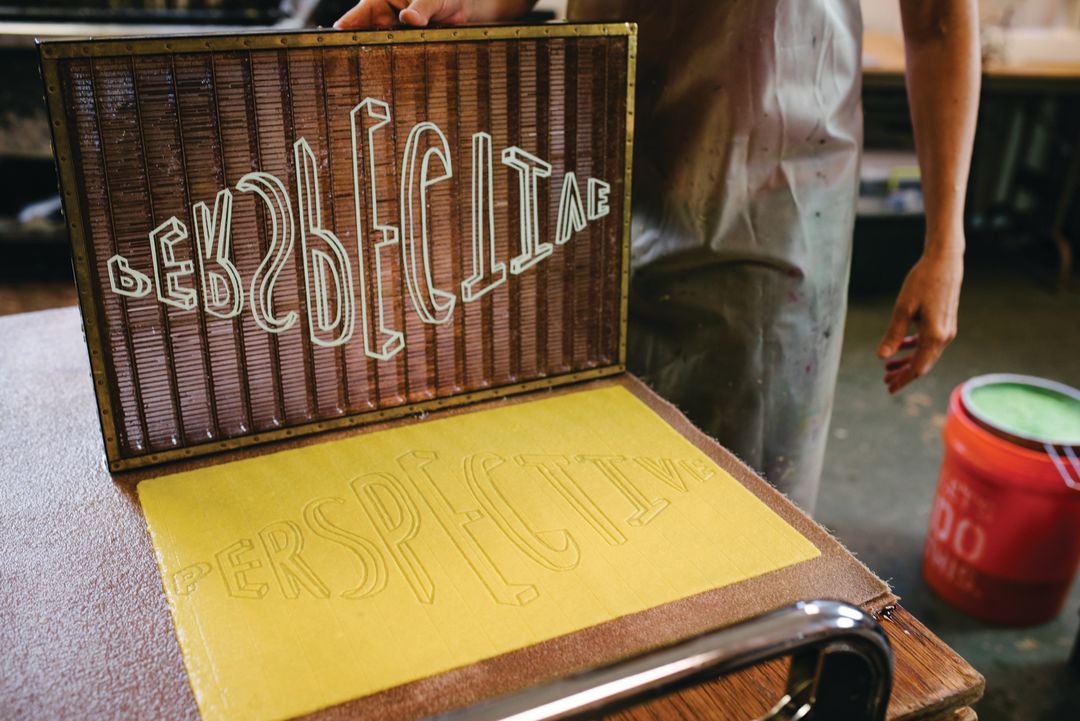
A wet sheet of watermarked handmade paper.
Image: Ryan Dearth
“It’s an old craft that’s primarily been used for things like print, but not as much as a medium for art, and Dieu Donné was really pushing it as an art form,” says Hiebert. The studio took her on staff, where she spent the next six years immersing herself in the craft and teaching others. She planted a garden at a Manhattan public school, where children learned to grow plants for papermaking (she even had a cameo on Sesame Street, coaching kids through a papermaking class to a catchy cowboy tune), while she used Dieu Donné’s studio space to develop her own designs. In the 1990s, she relocated to Portland, where she worked at a small hand-papermaking studio and letterpress shop and taught at the Oregon College of Art and Craft and made sculpture in her garage.
“In Portland, I set up my own studio—there weren’t many people making paper there, so I started teaching some workshops, I had young children and was juggling a lot, but I liked design, and I started making and selling lanterns,” she recalls. “Portland had a big art scene and a Regional Arts and Culture Council that supported the arts, so I was able to get grants, and it made me feel like someone else believed in what I was doing.”
She planted another paper-making garden—this time at her kids’ Waldorf school—and started writing books (five and counting), expanding her workshops, and building an online following. Her large-scale expressions continued to grow, too, with The Hydrogen Bond, and another public installation, Mother Tree.
“I love engaging the community,” she says. “Mother Tree was a giant paper dress that had crocheted mother’s milk that fell to the ground and turned to roots, and I invited the community to crochet those roots with me.” More than 400 people from around the world joined in, either in person or by mailing in their own crocheted pieces to complete the exhibition.
Since she changed addresses to the Vail Valley in 2012, handmade paper aficionados have pilgrimaged from across the country, and sometimes crossed oceans, to gold-pan pulp into sheets at Hiebert’s Red Cliff studio. In a converted classroom at the former mining town’s old schoolhouse, she teaches an annual fall workshop (the Red Cliff Paper Retreat’s 2017 theme was Sculptural Books), teaches a six-week online course (Paper Illuminated), publishes a yearly how-to calendar (“12 Months of Paper”), a weekly blog (The Sunday Paper), and come Christmastime, serves as the creative muse behind the Town of Vail’s newest paper-infused holiday tradition. Since 2013, she’s been offering lantern-making classes to the community—an idea that’s blossomed into Vail’s annual Winterfest paper lantern parade that brings a tide of caroling families with kids marching down Bridge Street on the night of winter solstice.
Prying adults and children away from their glowing screens with paper and fire? That’s more than public art.
It’s alchemy.







